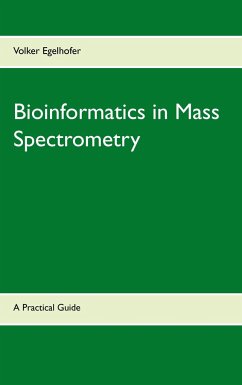
From patch-clamp-spectroscopy towards patch-clamp-spectrometry
Versandkostenfrei!
Versandfertig in 1-2 Wochen
59,99 €
inkl. MwSt.

PAYBACK Punkte
30 °P sammeln!
Membrane ion channels operate in accordance with the main principles of coordination chemistry. Coordination number is known to determine the ion selectivity of the sodium and potassium channels. There are known both ligand-dependent and ligand-controlled ion channels operating within the supramolecular coordination fixation principles. The channel-forming ionophores form the structures which bind cations via coordination bonds leading to the conformational changes with the adjustment of the whole supramolecular architecture providing the ion channel selectivity. Such kind of non-covalent syst...
Membrane ion channels operate in accordance with the main principles of coordination chemistry. Coordination number is known to determine the ion selectivity of the sodium and potassium channels. There are known both ligand-dependent and ligand-controlled ion channels operating within the supramolecular coordination fixation principles. The channel-forming ionophores form the structures which bind cations via coordination bonds leading to the conformational changes with the adjustment of the whole supramolecular architecture providing the ion channel selectivity. Such kind of non-covalent systems underlie the electrogenic functions and the potential-controlled transmembrane ion transfer systems. They can be studied by means of the path-clamp method applied together with the analysis of the metal ion coordination geometry with the ion channels. However, such methods are not capable to register the ion channel conformational state in situ. In this regard there is a need to develop dynamical spectral methods capable of the simultaneous registration of the conformational and metallomic / elementomic coordination parameters and the electrophysiological response to the ion coordination.












